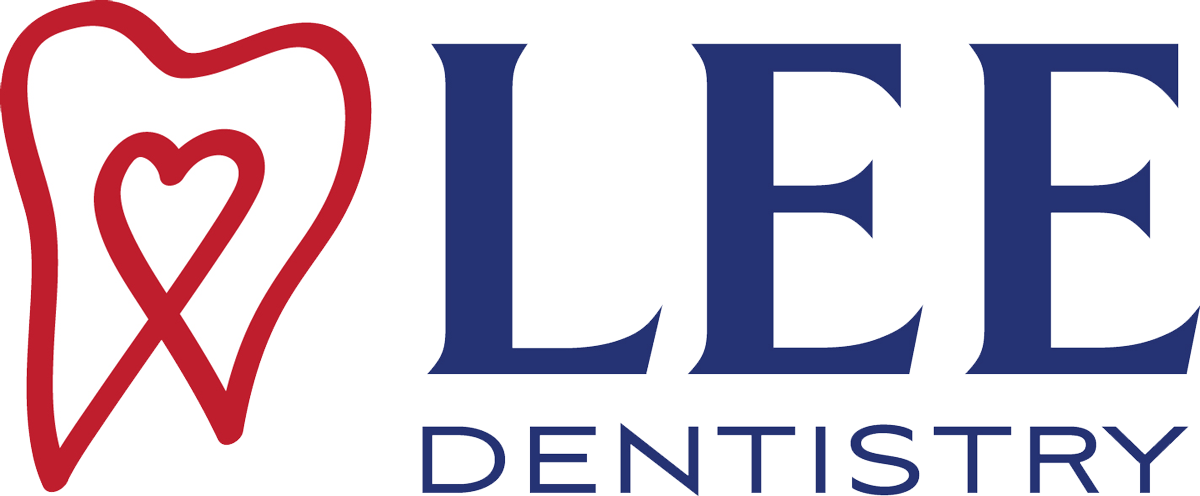



General dentists can offer patients the advice and guidance they need to support a healthy mouth, including how to prevent cavities. Cavity prevention is essential in ensuring good oral health, which is why consulting with a general dentist on a regular basis is a good idea.
About cavities
One of the most common reasons why patients visit a general dentist is to treat a cavity. Additionally, general dentists can help educate individuals on how to prevent cavities from developing.
Cavities are tooth infections that eat away at the enamel. Long-term, cavities can result in tooth decay and even loss.
Preventing the formation of cavities
Cavities do not support a patient's good oral health, making it essential for everyone to understand how to prevent them, to begin with. The information below comes right from a general dentist and is on the topic of how to prevent cavities from developing.
Learn how to properly brush and floss
Many dental patients will quickly brush and floss their teeth, which means they are probably not getting the benefit of proper brushing and flossing. Patients need to brush their teeth at least twice a day and for at least two minutes each time. Holding the soft-bristled toothbrush at a 45° angle helps to efficiently remove any food particles or plaque that can lead to cavities forming. Flossing should be done at least once a day. The floss should be carefully placed in between the teeth and then slowly pulled up each side of the tooth in order to remove any plaque or food particles.
Avoid consuming sugary foods and drinks
Bacteria loves sugar! This makes it so those who choose to consume foods or drinks that contain a lot of sugars are more likely to develop the tooth decay that leads to cavities. For those who find it difficult to remove sugar-bases foods and drinks from their diet, general dentists recommend consuming less of these sugary options is a good idea. Additionally, rinsing the mouth out immediately after consuming these high sugar foods and drinks can be helpful as it washes away any reminiscences of sugar.
Get dental sealants
Some patients will benefit from having dental sealants placed on their teeth in order to prevent cavities from forming. Dental sealants are a thin protective covering that is applied to teeth with the purpose of protecting the teeth from any outside elements that can damage them. The process of having dental sealants placed on one's teeth does not take long to perform and can be accomplished in just one dental visit by a general dentist. Sealants last an average of two years, making them a common treatment option for the prevention of cavities.
Got cavities?
The sooner cavities are treated, the sooner patients can once again be in good oral health. In order to prevent future cavities, following the above tips is necessary. For patients who want or need more in-depth information on how to prevent cavities, making a list of questions to ask at the next dental appointment is a great idea.
Are you considering visiting a general dentist in the Oxford area? Get more information at https://www.leedentistryoxford.com/.
Check out what others are saying about our services on Yelp: Read our Yelp reviews.
Related Posts
Invisalign® can help correct your smile and improve your dental health. Your dentist will check your dental structures first. This determines if you are a good candidate for this dental straightening treatment. Here are the details about when your dentist would recommend Invisalign.Dentists would recommend traditional braces for severe dental crookedness. But for mild cases,…
With Invisalign®, people who want a more inconspicuous alternative to braces now have a solution. Invisalign's transparent aligners provide a discreet and effective treatment for misaligned teeth. However, it is not the best option for everyone. This article goes over the basic eligibility criteria for Invisalign.Invisalign is a modern orthodontic treatment that involves a series…
Invisalign® has emerged as one of the most popular alternatives to traditional metal braces. These teeth-straightening devices are virtually invisible when worn, as their name suggests, yet they can fix many of the teeth alignment issues braces have historically been used for.Examples of orthodontic issues Invisalign can be used to fix include crooked, crowded, poorly…
A dental crown restoration involves two dental visits. Dentists use this type of restoration to repair a range of tooth damage types, including decay, chips, cracks, and teeth worn down by continuous grinding. This guide discusses what you can expect during a dental crown restoration and how a dentist can help ensure a safe and…


